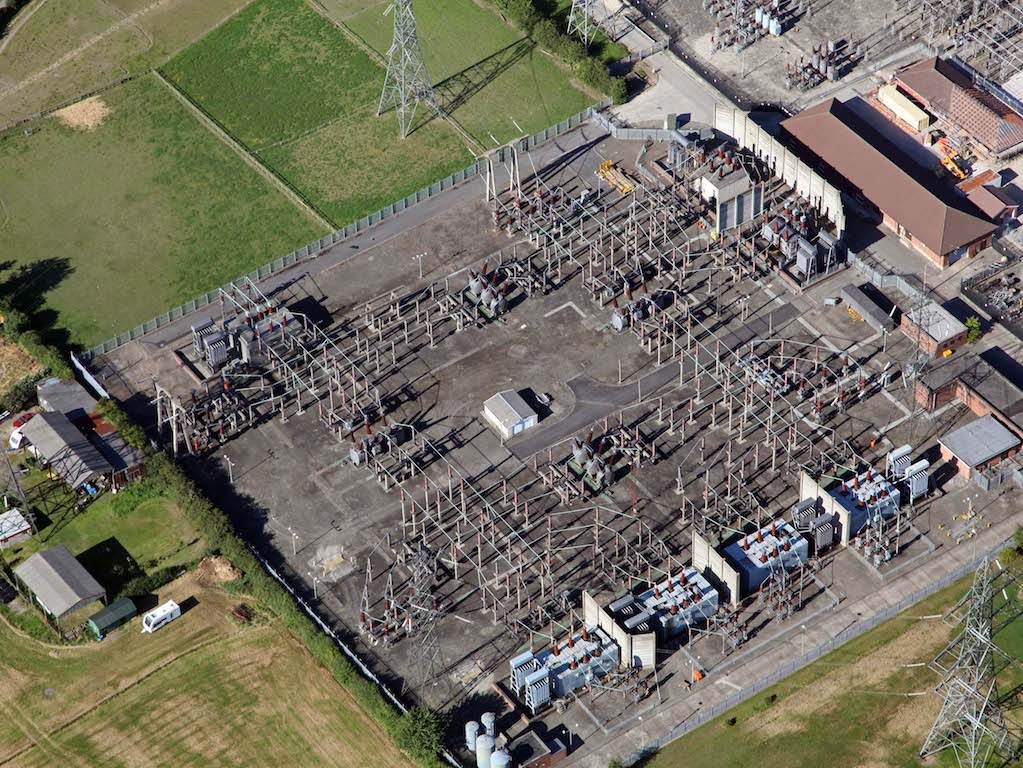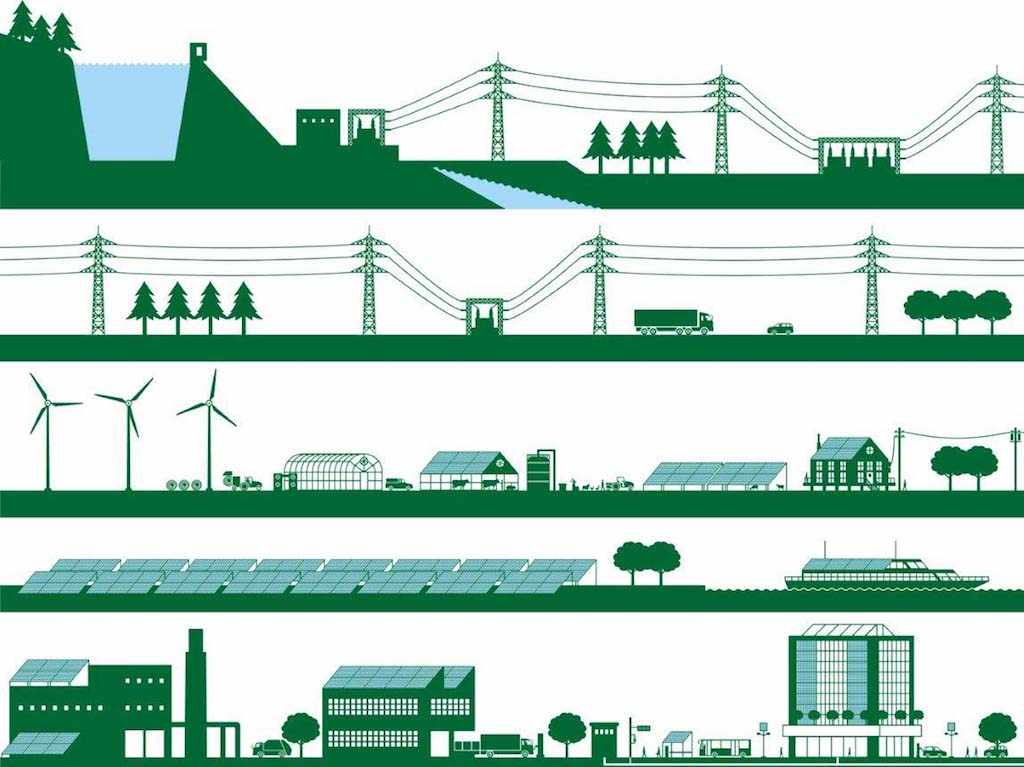Our advisors at Quanta Technology can provide your organization with a wide range of solutions for Transmission and Distribution Planning. Our team combines industry-leading technical expertise and business acumen, enabling us to provide solutions that are both technically robust and practical to implement. Our approach is to create and leverage best-in-class software tools and processes to support our clients and long-term partners in solving the toughest challenges facing the industry today.
-
Quanta Technology performs hosting capacity studies to determine the ability of a utility to accommodate and integrate future distributed energy resources (DER) on its grid. The results of these studies are used to develop hosting capacity maps for the utility’s service territory and its distribution feeders. In general, hosting capacity analysis considers the effect of DER proliferation, specifically photovoltaic distributed generation, on thermal limits and voltages of distribution feeders. We also have experience with hosting capacity studies that consider additional variables in developing hosting capacity maps; these variables may be incorporated progressively into the calculation process to increase result accuracy and comprehensiveness. Quanta Technology also supports our client partners with creating general guidelines that identify areas of the distribution system that are more vulnerable to the potential effects of DER adoption based on further analysis of capacity maps. We can also support updates to hosting capacity maps, periodically and automatically, to account for actual changes in DER penetration levels (driven by new interconnection requests), changes in system configuration, customer load growth, etc.

-
Quanta Technology has extensive industry experience conducting distributed generation (DG) integration and planning studies for transmission and distribution (T&D) systems, including identifying and evaluating the severity of impacts and proposing mitigation measures. Our team performs interconnection, impact, and engineering studies (steady state, dynamic and transient analyses, protection, power quality, insulation coordination, arc flash, etc.) of DG and battery energy storage plants for many major utilities and developers. We work with major solar PV inverter manufacturers, wind turbine vendors, and energy storage suppliers to develop and verify computational models of emerging DG technologies for use in various transient analyses. We also review and update utility standards, guidelines, and procedures for DG interconnection to T&D systems.

-
The planning of transmission grids faces increasing challenges due to factors such as the proliferation of distributed energy resources (DER) and the need to find economical solutions to reliably integrate large renewable plants. Quanta Technology serves the transmission analysis needs of electric utilities with services ranging from long-range master planning to detailed technical studies such as validating models. We frequently use customized software and routines to complement standard transmission planning tools such as PSS/E and PSLF.

